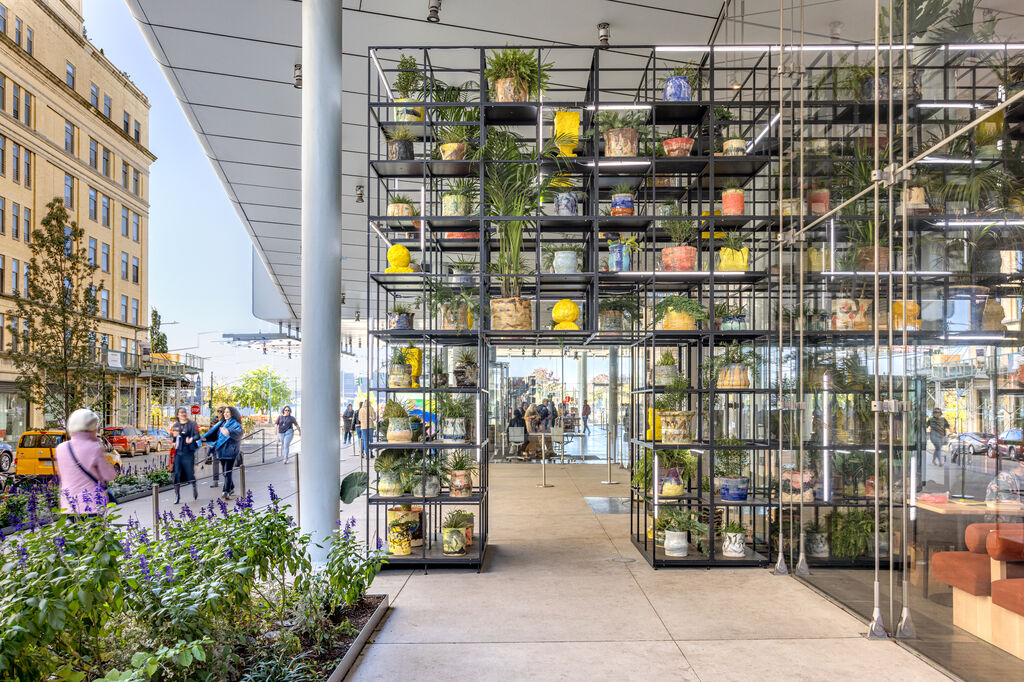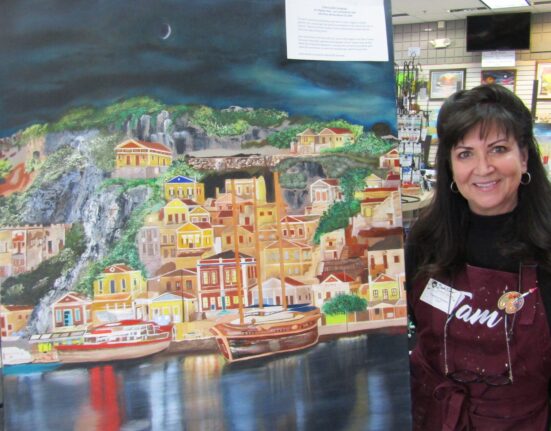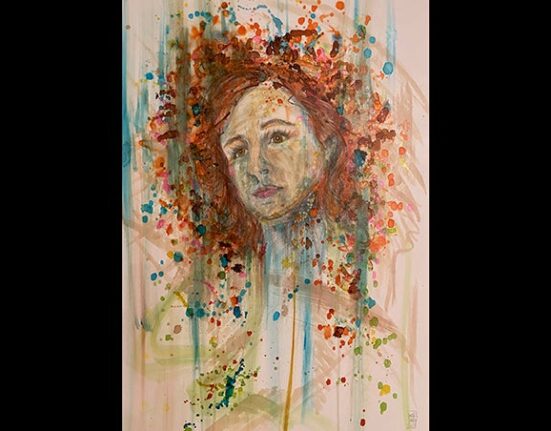In addition to the ground-floor restaurant, the Whitney is working with the team behind Frenchette on a new concept for the Museum’s eighth-floor cafe space, which operated as Studio Bar. The new eighth-floor space will open in 2024; Studio Bar closed on October 16 for construction to begin.
To connect the restaurant spaces with the Museum’s mission to celebrate and support contemporary art and artists, both spaces will be anchored by significant, newly commissioned artworks. The ground floor will feature an installation by artist Rashid Johnson, and the eighth-floor space will showcase a work by artist Dyani White Hawk.
Both dining spaces are being designed by New York City–based architectural firm Modellus Novus.
“The bakery and cafe will be a welcoming, approachable neighborhood destination and gathering space open to Museum visitors and non-visitors alike,” said Amy Roth, co-chief operating officer at the Whitney Museum. “Anyone can stop by for baked goods, coffee, or a snack to enjoy on the Whitney’s steps, the nearby High Line, or Hudson River Park, or linger and recharge over a meal. There will be something for everyone. We are proud to bring this exciting new addition to the community and to the Museum. We have the ideal partner in the Frenchette team—whose philosophies and mission are aligned with ours—to help forge new connections between the Whitney and the neighborhood.”
“As long-time New Yorkers, we have always loved the energy and history of the neighborhood and are excited to become a more permanent part of it with our new bakery and cafe inside the Whitney,” said Lee Hanson and Riad Nasr, Chef/Owners of Frenchette.
At the center of the new Frenchette Bakery and cafe will be the sprawling indoor-outdoor installation New Poetry by artist Rashid Johnson, whose work is in the Whitney’s collection and has been featured in several recent exhibitions, including America Is Hard to See and An Incomplete History of Protest: Selections from the Whitney’s Collection, 1940–2017.
Johnson’s sculpture—a new addition to the Whitney’s permanent collection—helps create an immediate connection between the Museum, the community, the new space, and visitors. A massive black steel sculpture with shelves holding books, ceramics, monitors playing films, lights, plants, and more, the piece expands through the interior space and past the walls of the restaurant to also inhabit the exterior space in front of the Museum, allowing all passing by to see and walk through it. According to Johnson, “the steel grid works are multifaceted. They work as a brain, delivering disparate materials and information into one location where conceptual connections and new ways of thinking come from their physical proximity.” Experiencing the work—which features plants to create a more intimate connection, and books of poetry to nod to the medium’s importance in Johnson’s life—is an opportunity for visitors to “look at the way I think but also allow space for the interior lives and personal experiences of the viewer.”
“Poetry is a vehicle for the exploration of critical concerns, aesthetics, and the romantic,” said Rashid Johnson. “It is a mode that acts as a mirror of all other mediums. I consider this sculpture to be a poem.”







